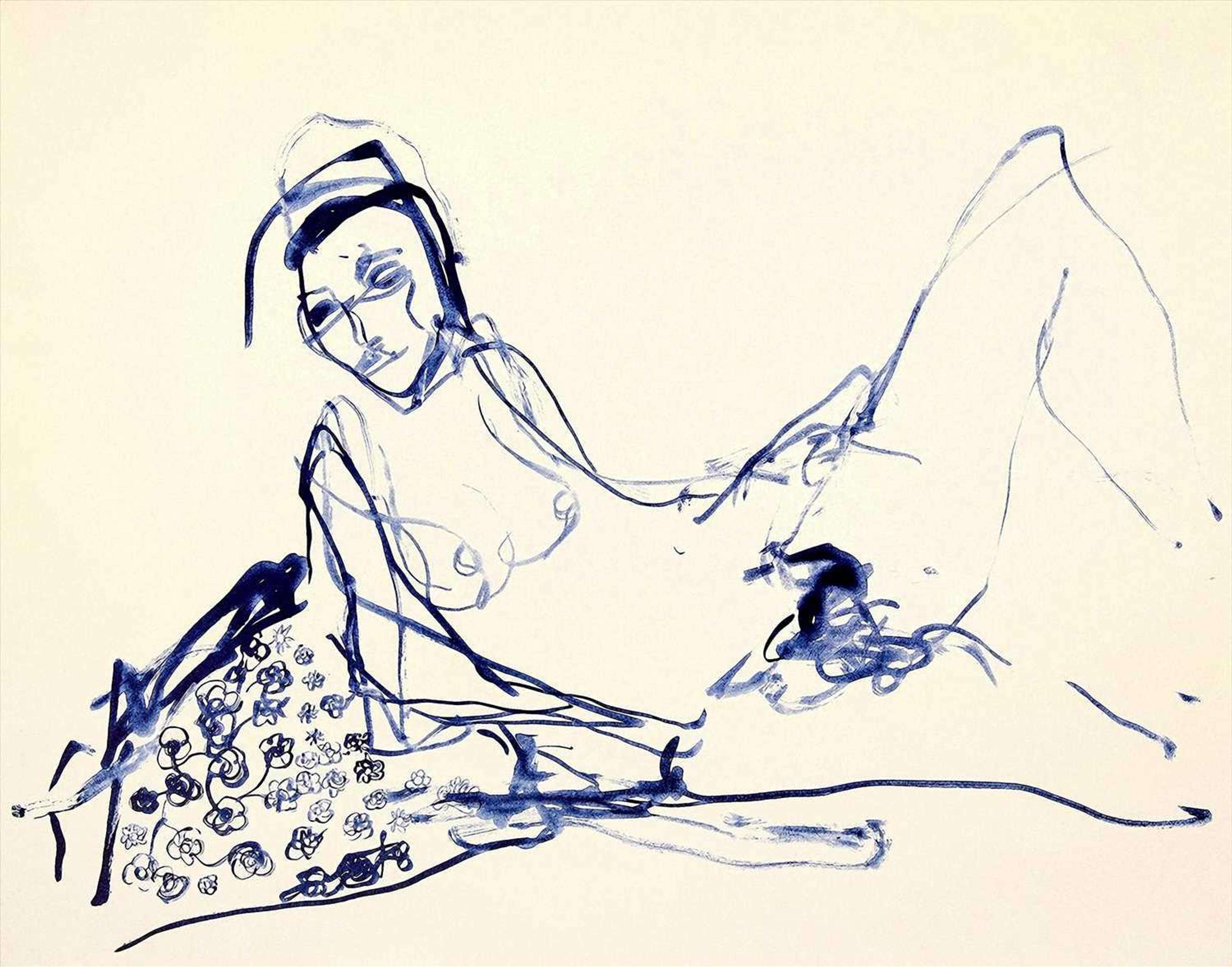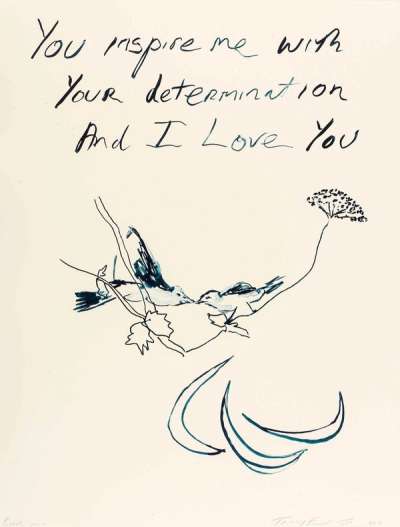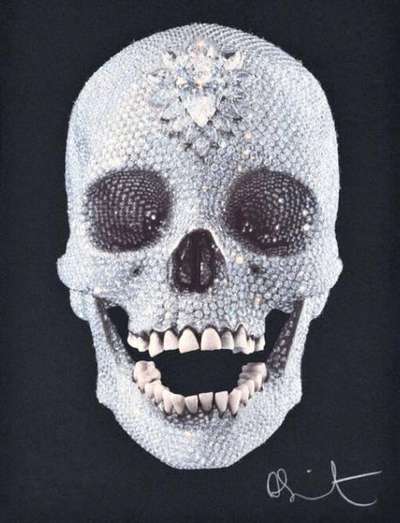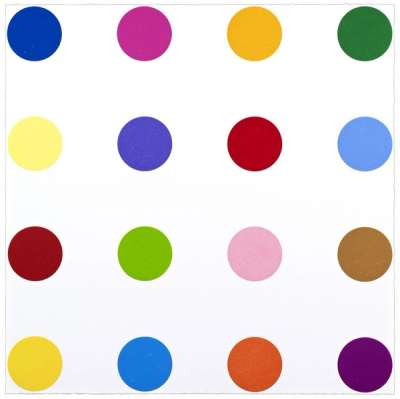YBAs and the Sensation Exhibition: The Power to Shock
 Sometimes I Feel Beautiful © Tracey Emin 2000
Sometimes I Feel Beautiful © Tracey Emin 2000
Damien Hirst
657 works
The Sensation exhibition featured artworks by a number of highly-influential Young British Artists (YBAs) including the likes of Tracey Emin, Marcus Harvey, Damien Hirst, Sarah Lucas, Jenny Saville, Rachel Whiteread, and Jake and Dinos Chapman. It was first held at London’s Royal Academy of Arts in September and December of 1997.
Alongside the YBAs, a number of artists whose work belonged to the growing collection of British art mogul, Charles Saatchi, were exhibited. Some of those artists included Darren Almond, Yinka Shonibari, and Mark Wallinger.
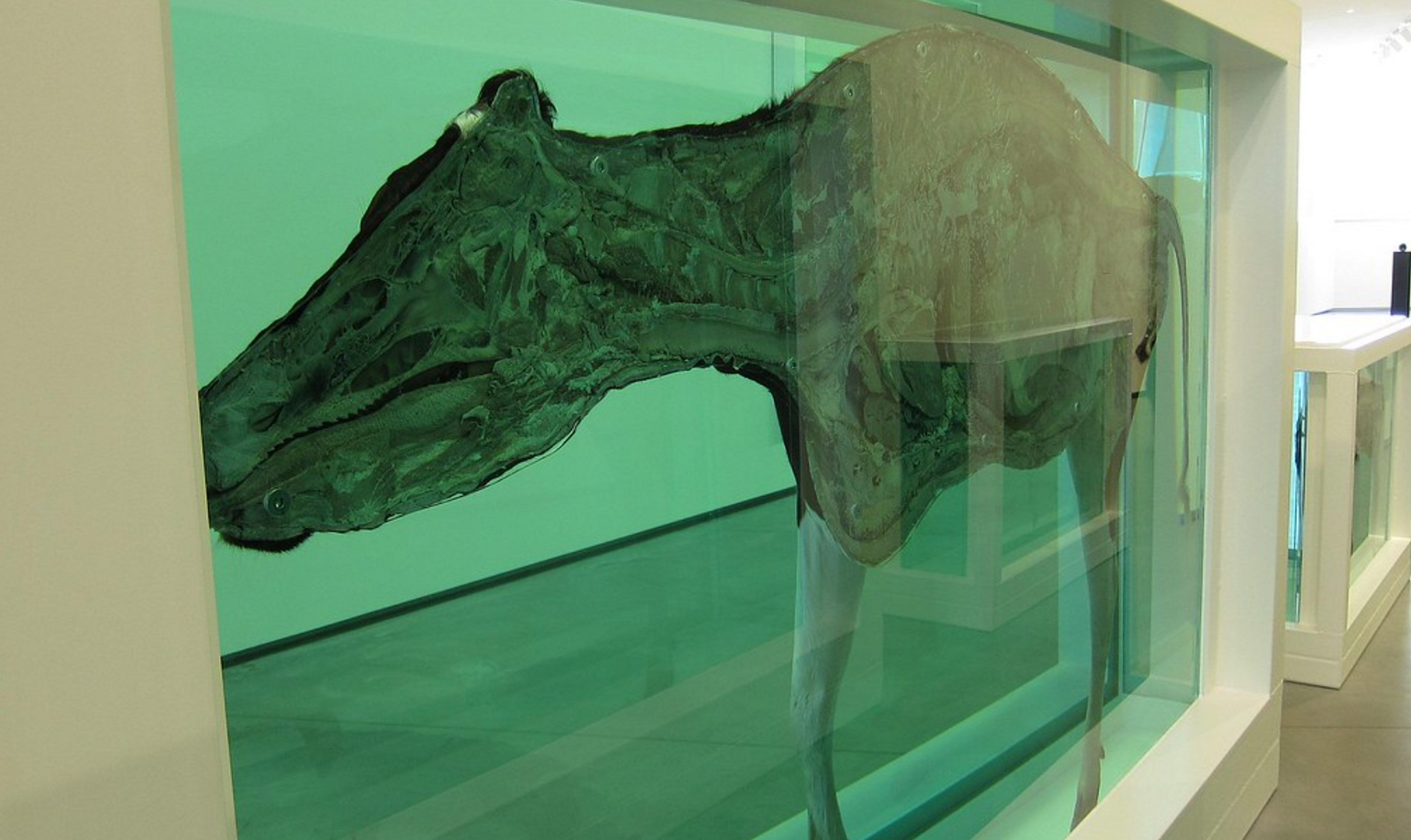 Image ⓒ Bosc d'Anjou is marked with CC BY-NC-SA 2.0 / Mother and Child Divided ⓒ Damien Hirst 1997
Image ⓒ Bosc d'Anjou is marked with CC BY-NC-SA 2.0 / Mother and Child Divided ⓒ Damien Hirst 1997Who are the YBAs?
The YBAs were a loosely-defined group of influential young artists who came to prominence in the United Kingdom during the early part of the late 1980s and early ‘90s. Including the likes of Damien Hirst, Tracey Emin, Sarah Lucas, Rachel Whiteread and Marc Quinn, one of the events that catapulted many of these artists' careers was the 1988 exhibition, Freeze.
In 1988, Damien Hirst and fellow Goldsmiths student and exhibitor Angus Fairhurst converted an empty Port of London Authority Building in South East London into the venue for this breakthrough exhibition. Featuring the work of 16 Young British Artists, it was here that Hirst first attracted the attention of renowned art collector, Charles Saatchi, and curators Nicholas Serota and Norman Rosenthal. At Freeze, Hirst exhibited his first animal-based work, A Thousand Years, as well as a number of multi-part, assemblage pieces, such as Boxes (1988), which would go on to influence his world-famous Spot paintings.
What was the Exhibition about?
Comprising 110 artworks by 44 different artists, Sensation brought a huge number of different themes, subjects, and media under one roof. Although the works exhibited did not have a shared theme or narrative – other than that they were all owned by prolific art collector and patron, Charles Saatchi – each piece came together to form a veritable ‘who’s who’ of the contemporary art world during the late 1990s.
Many of the works were already very well-known to visitors: particularly Marc Quinn’s iconic Self, a sculptural self-portrait made using pints of his own blood, and Hirst’s sculpture of a preserved tiger shark, The Physical Impossibility Of Death In The Mind Of Someone Living. Around the time of the exhibition, artist Gillian Wearing’s iconic work Signs That Say What You Want Them To Say (1992-3) had become well-known as the inspiration for an advertising campaign for German car brand Volkswagen.
Produced by Saatchi’s own advertising agency, the campaign led Wearing to mount a number of plagiarism accusations against the collector who, ironically, had bought the work from her several years earlier. Sensation allowed the public to view many of these well-known works in person together for the first time.
A disclaimer posted outside the entrance of the exhibition indicates the controversial nature of the works:
How did Sensation shock the public?
Many of the works exhibited at Sensation attracted a great deal of controversy due to their unashamed broaching of societal taboos. At the time of the exhibition, the potential for this work to shock audiences and attract sensationalist media attention had become a trademark of the YBAs, constituting a defining feature of their artistic output and widespread acclaim.
Tracey Emin’s 1995 work, Everyone I Have Ever Slept With 1963-1995 - also known as Tent - comprised a small blue tent embroidered with the names of the artist’s sexual partners and those in her life whom she had shared a bed with. As its name and content suggests, the work foregrounds deeply intimate subject matter for the art gallery setting in a decidedly unabashed and straightforward fashion that many found both shocking and inspiring. More shocking to viewers was the inclusion of the names of family members and two numbered fetuses into the work, indicating the artist’s literal interpretation of those who she has slept with.
Emin’s tent appeared somewhat tame compared with several other works also exhibited at Sensation, namely the painting Myra by British artist Marcus Harvey. Created using the cast of a child’s hand, the painting is a reproduction of a mug shot photograph depicting serial killer Myra Hindley, one of the perpetrators of the Moors Murders, shortly after her arrest in 1965.
Describing the work, Norman Rosenthal – then the Secretary of the Royal Academy – dubbed it “an incredibly serious and sober work of art that needs to be seen”. This description did little to ease the discomfort of the general public and even other artists, with some members of the prestigious Royal Academy resigning in protest at the work’s inclusion in the exhibition, and others defacing it with materials ranging from ink to eggs. Despite controversy resting at its heart, some critics thought the exhibition a little too performative in its provocation, with one arguing, ‘The supreme irony of the show is all these young, anarchic rebels are sponsored by a rich Tory moron’. Despite criticism, the exhibition was a huge success, attracting over 300,000 visitors at its first London showing.
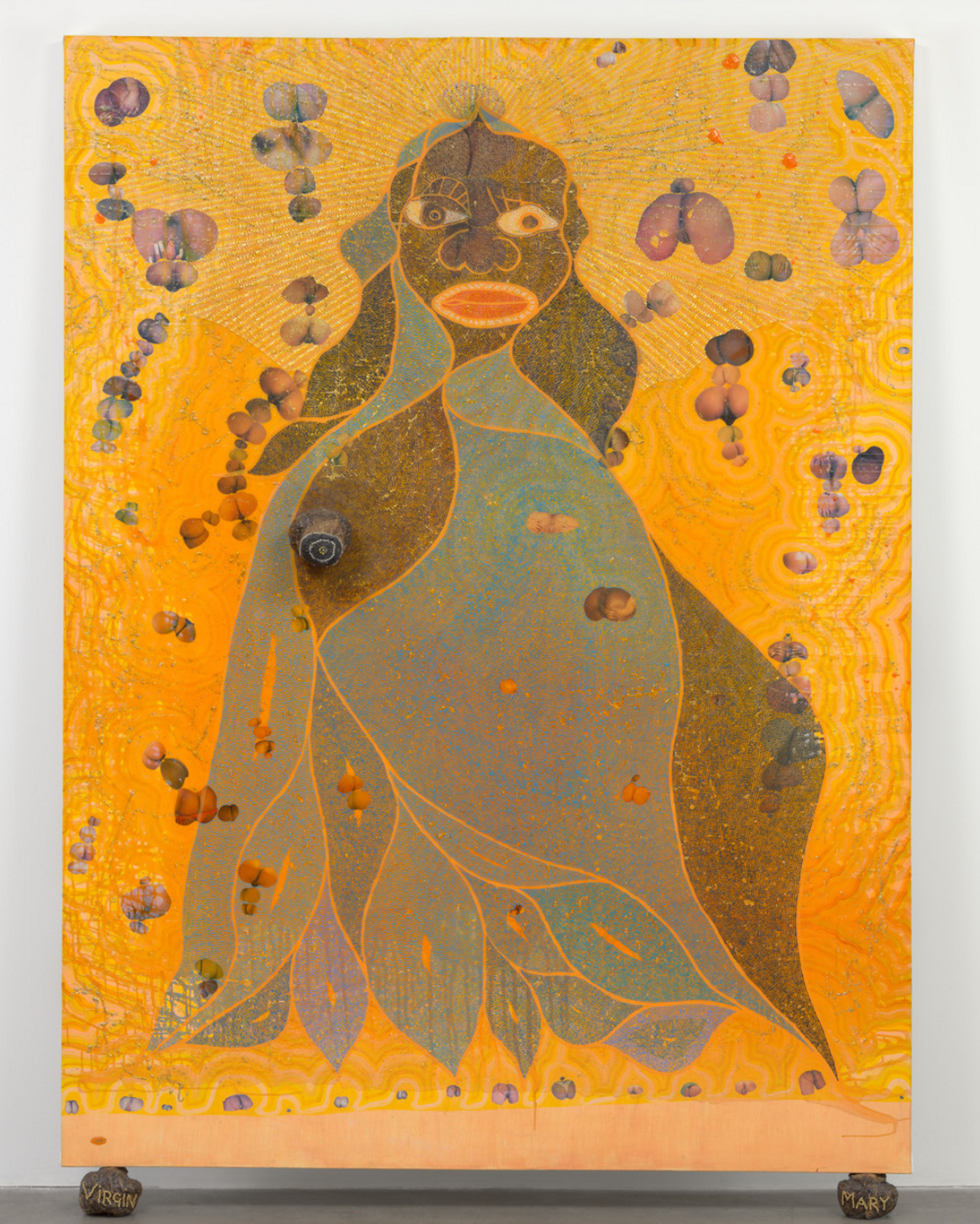 Image ⓒ nhighberg is marked with CC BY-NC-ND 2.0 / The Holy Virgin Mary ⓒ Chris Ofili 1997
Image ⓒ nhighberg is marked with CC BY-NC-ND 2.0 / The Holy Virgin Mary ⓒ Chris Ofili 1997Sensation as a Turning Point?
Two years after its first appearance at London’s Royal Academy, Sensation skipped across the pond and was shown at New York City’s Brooklyn Museum. The Mayor of New York at the time, Rudy Guiliani, was enraged by a work by Chris Ofili – the first black artist to be awarded the prestigious Turner Prize (1998) – entitled The Holy Virgin Mary (1996). As a devout Roman Catholic, Guiliani sparked fierce debate by threatening to withdraw the Brooklyn Museum’s funding and filing a lawsuit for its eviction from the premises.
Numerous public figures, including theorist Susan Sontag, novelist Kurt Vonnegut and actor Steve Martin wrote in defence of the Museum, which eventually found itself free of any charges against it. In the aftermath of such furore, one thing was sure: British contemporary art, which had become universally discussed by the British public following the exhibition’s first appearance in London in 1997, was a topic on everybody’s lips. No longer confined to the art establishment, it had been democratised.


